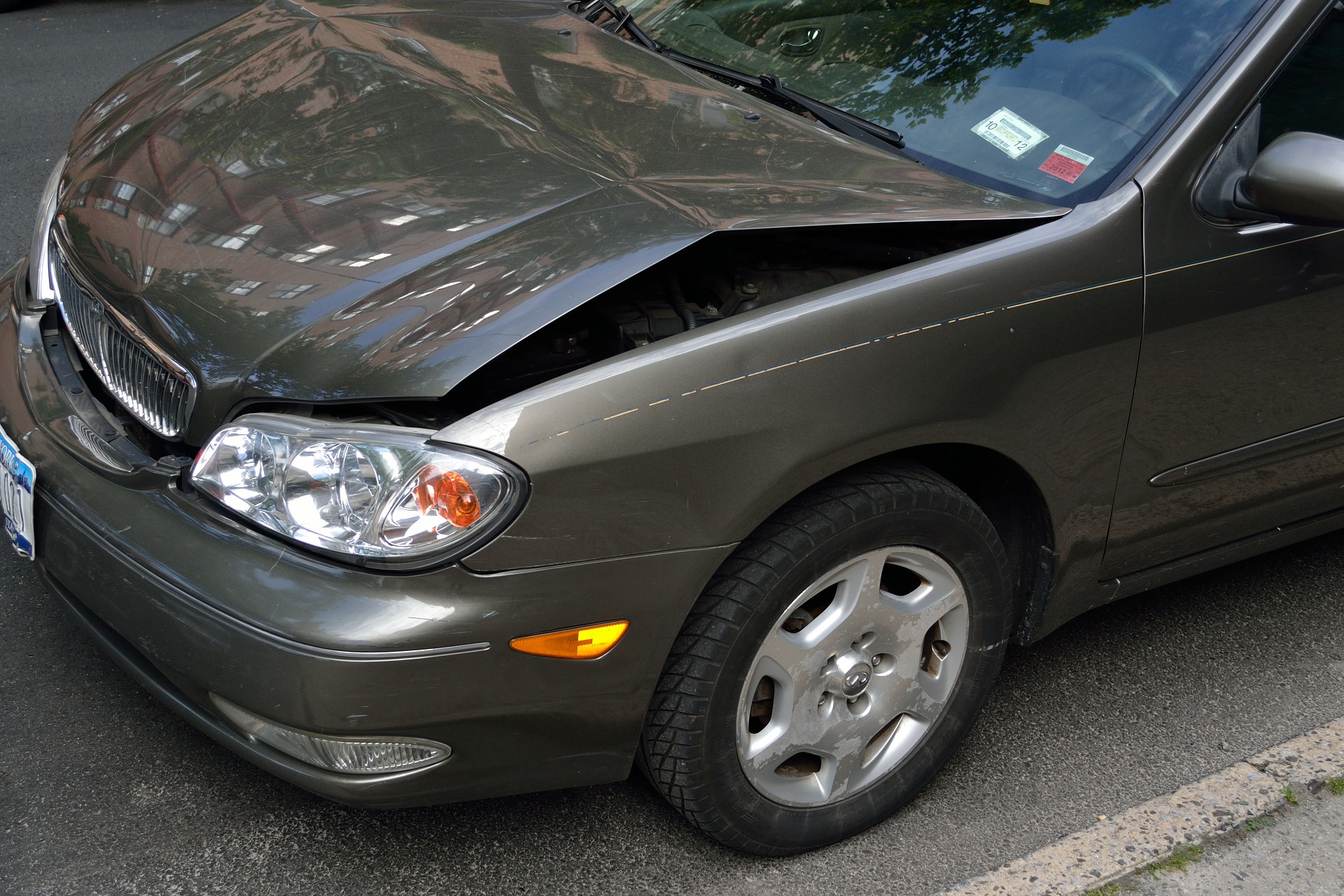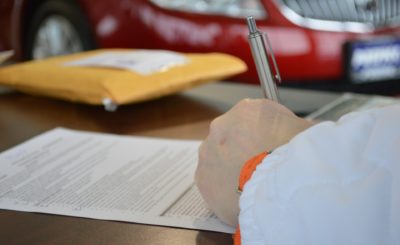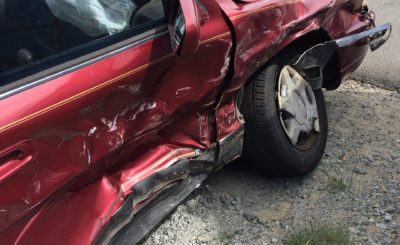Liability in car accidents is no laughing matter. A number of different elements determine who is liable for damages resulting from a car accident. Who ends up paying for the damages and injuries in-car accidents rests primarily on state motor vehicle laws rather than common law area of fault as a result of lobbying by the automobile insurance industry. This article gives information on what fault means in-car accidents and state laws. Always talk to a car accident attorney. If you would like to know further basics about car accidents we have you covered as well.
Liability in car Accidents: Common Law
Fault for causing an accident is created by common law or by state statute. Under common law there are four traditional levels of fault
- Negligence
- Recklessness
- Intentional Misconduct
- Strict Liability
Negligence means carelessness or conduct that is not on purpose but as a result of a breach of duty that results in some type of harm. One can be negligent for doing something like running a stop sign or failing to do something, such as failing to signal, or failing to obey a right of way to avoid an accident.
Next is Recklessness. “Recklessness refers to a willful disregard for the safety of others“. Strict liability is in play for any accidents involving ultra hazardous activities or products that may be defective. If you are responsible for an accident you have wronged someone else and committed a tort (so now you’re a tortfeasor). The theory of fault is less relevant when a driver engaged in reckless or intentional conduct. However, when it comes to basic negligence (things such as fender-benders) fault can be rather complex especially since multiple motorist can be at fault. When this occurs state laws come into play.
Liability in Car Accidents: Motor Vehicle Statutory Violations
In the United States, much like in other countries, each state has passed its own versions of laws indicating how drivers must operate their vehicles on their roadways. Some of these laws are legislative while others are simply codified versions of the common law. Any violation = negligence is presumed. For example, most states have a law that motorcycle riders have to war helmets, failure to do so is an act of negligence. Fault in-car accidents can be found by simply reading a statute. A driver who is found negligent by a reading of the statute has a burden of proving he was not at fault. The easiest way to apply such concepts is to understand proximate cause. This means you have to find out “but for” the accident caused by the driver the accident would not have occurred. Like the motorcycle rider demonstration, a helmet would not have stopped the accident, but would have mitigated damages that happened. Thus, if the motorcyclist is hit by a driver and the motorcyclist was not wearing a helmet as required by state law. The driver who hit the motorcyclist might only be liable for the damage to the motorcycle but not necessarily liable for the brain injuries suffered by the motorcyclist.






